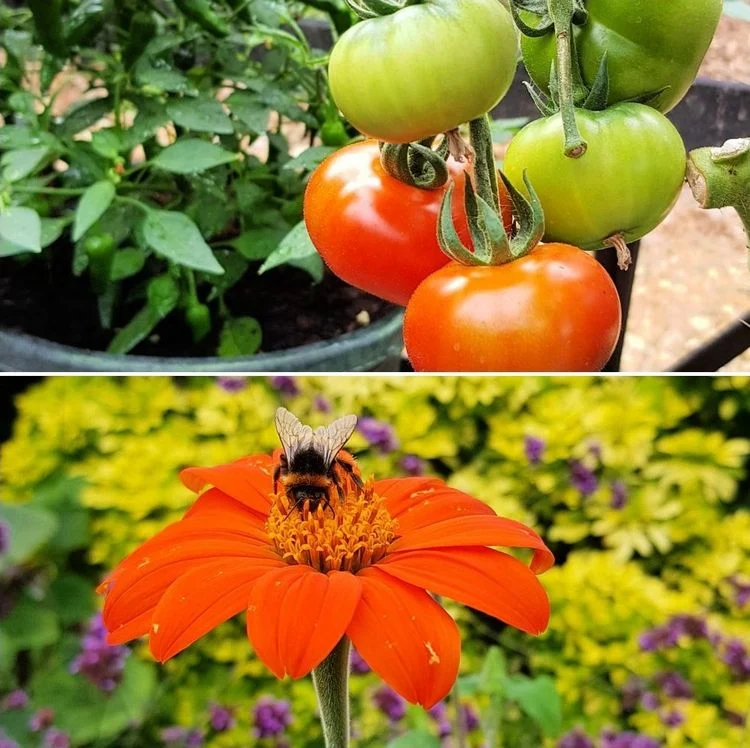June is a beautiful month because the flower beds are in bloom and the vegetable gardens are overflowing. But now is not the time to relax if we want our gardens to look gorgeous this season as well. June is the ideal month for green fingers. This is the month we’ve been waiting for all year! What to do in the garden in June Discover a to-do list of gardening chores to do in the article below!
What to do in the garden in June garden tips
What do some of the smartest gardeners do in June? You complete the following tasks!
maintain lawn
Now that the weather has gotten warmer and the days are getting longer, the lawn will surely be the focal point of your yard. Mow it once a week and trim the edges to keep it looking neat. To reduce the stress on the lawn, consider increasing the height of your lawnmower blades. If possible, water the area in the morning or evening when the temperatures are cooler and the water evaporates less quickly.
Drain tomatoes and cucumbers
Your tomato plants will grow vigorously this month. Remove unwanted branches – you can cut off the stingy branches of tomatoes in June. Make sure the tomatoes are well tied. After the flowers appear, tomatoes need regular fertilizing to encourage fruit growth and size.
Cucumbers need to be thinned out so they don’t bear too much fruit. To do this, all fruits except for the first must be cut off on every sixth leaf of a side shoot.
Attract bees, butterflies and other pollinators
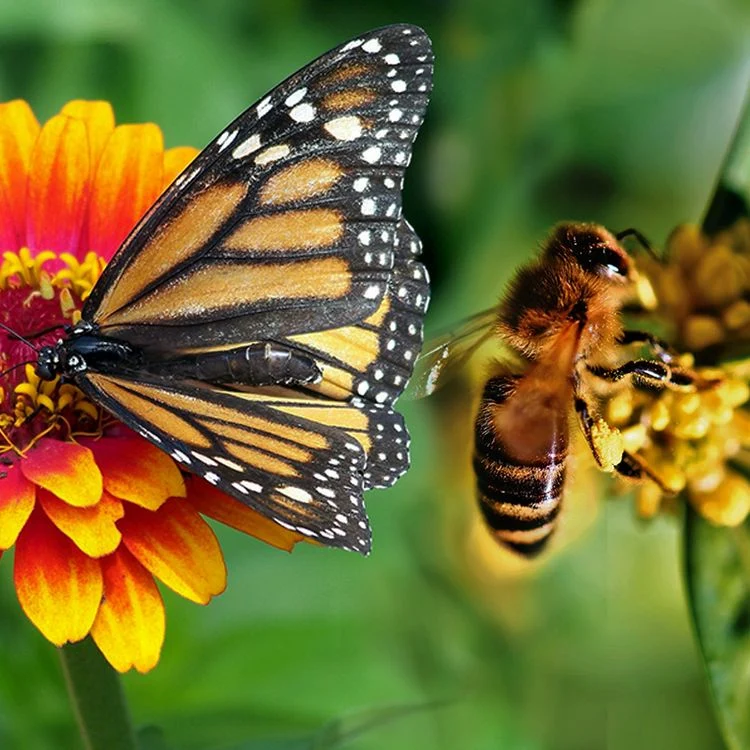
One of the ways you maintain a balanced, healthy garden is by attracting pollinators and beneficial insects. Several “good guys” can improve the overall health of your garden while helping to keep pests away. Create conditions that are favorable for both you and your helpers. Bees and butterflies are all examples of pollinators, garden birds eat insects, while parasitic wasps, dragonflies and spiders are predators that feed on pests.
Create a welcoming environment for beneficial insects like bees and butterflies by creating a pollinator garden to increase crop yields.
Gardening in June – recognize and fight pests
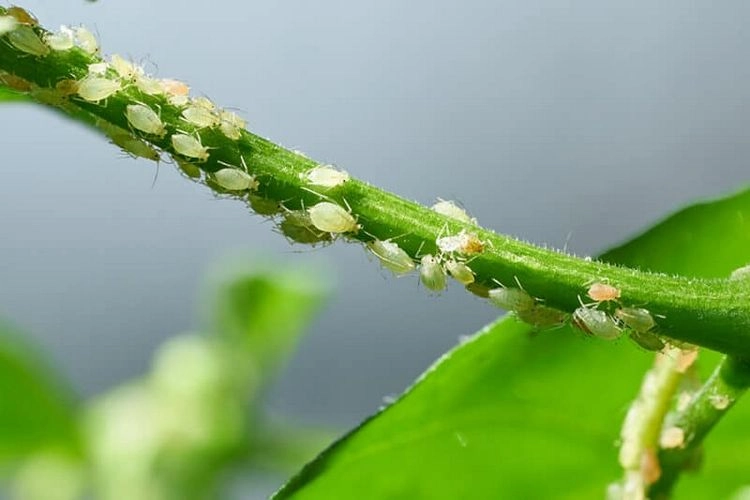
From the start, you should be on the lookout for pests and pest symptoms. If you catch them early, you have a better chance of stopping them. From the moment you plant the seeds, be on the lookout for pests and disease-causing insects. Take action as soon as you notice symptoms. In addition to looking for the actual insects, look for their eggs and other telltale signs of plant damage.
As new generations settle and hatch, the insect population usually increases rapidly. Over the course of a single growing season, many pests can produce many generations that multiply rapidly and eventually invade the garden. It can be difficult to completely rid a garden of dangerous insects, and it’s usually not necessary. Plants can usually overcome insect pressure if the population is kept under control and the plants are healthy and well-nourished. Using neem oil or a similar organic solution just prior to or with the eggs hatching can also be useful as a prophylactic measure.
Fertilize, water and prune plants in the ornamental garden
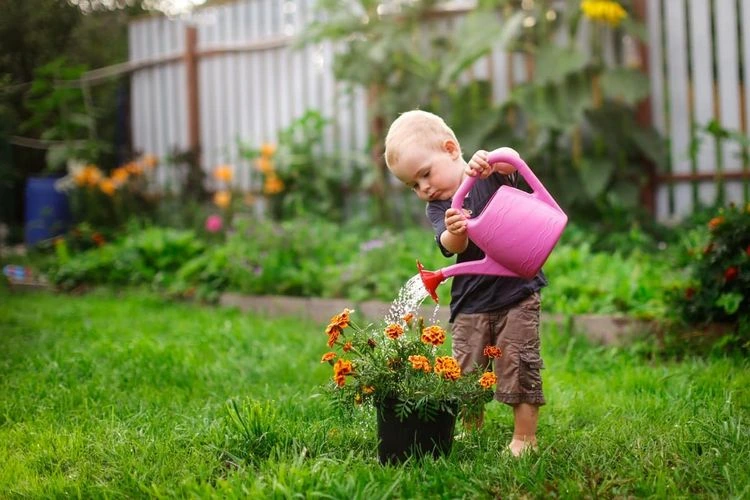
Make sure your plants are properly anchored and roped if they are growing vigorously. Roses and other flowers may need watering or fertilizing. Set up a regular watering system and watch the forecast. Potted plants in particular may need additional watering during longer periods of drought. Some plants may wilt or wither and die if watering is irregular.
Withered rhododendron flowers should be removed and the plant checked for pests. Peonies with withered flowers also need to be cut off.
These flowers can be sown in June: Daisies, forget-me-nots, sunflowers, cornflowers and marigolds.
What to do in the garden in June pruning of hedges
Regular trimming of hedges and topiary is necessary to maintain their formal appearance. If you want your boxwood, laurel or other evergreen hedge to keep its shape after topiary, wait until the end of June to do so.
What vegetables can you sow in June?
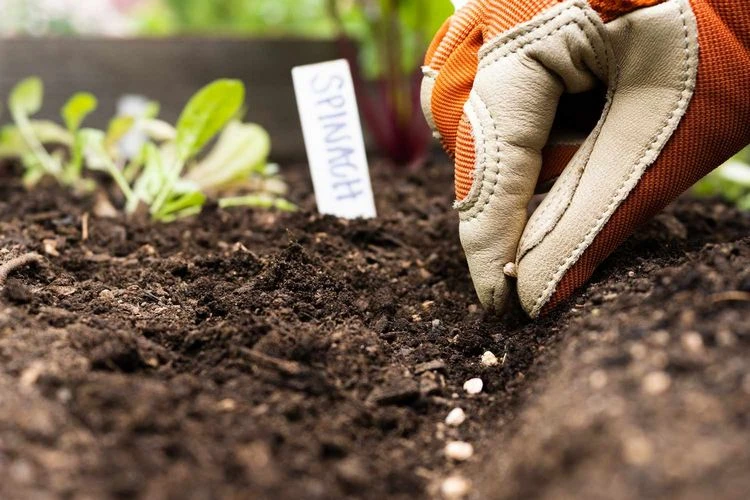
These vegetables, salads and herbs are suitable for sowing:
- Vegetables: Cauliflower, broccoli, French beans, fennel, carrots, turnip greens, spring onions, Swiss chard, parsnips, radishes, radishes, beetroot, spinach, runner beans, white cabbage, zucchini, mangetout, sweetcorn
- Salad: Iceberg lettuce, lettuce, arugula, pickles
- Herbs: Savory, dill, coriander, parsley, chives, thyme, winter cress
Water seeds and seedlings regularly
Newly planted seeds and garden plants do not yet have an established root system. They have few roots or the seeds are near the soil surface. The soil has recently been dug and loosened for planting. The top layer of soil heats up and dries out faster when it’s stirred up or when it’s warmer. In other words, even if the soil isn’t truly dry, plants and seeds that only survive in the top few inches of soil can dry out. It may only take a few days for the area where these plants and seeds live to dry up.
When you start sowing seeds and seedlings, it’s important to water them frequently and thoroughly. Reduce watering once the plants have established deeper roots.
